From relieving anxiety and allergies to soothing joint pain and dry skin, essential oils can do a world of good for dogs. They’re all-natural and easy to apply, but using essential oils with pets isn’t the same as using them with the human members of the family. With an enhanced sense of smell, your dog is more sensitive to essential oils and aromatherapy than you are. Not every essential oil is safe for dogs, and not every distributor cares about your pet’s safety the way you do.
Before you purchase your stock of oils, read over these tips on how to choose the best pet-safe essential oils. Buying the wrong products will put your dog at risk and waste your money, but you and your pup can take advantage of all that essential oils have to offer as long as you know what to look for.
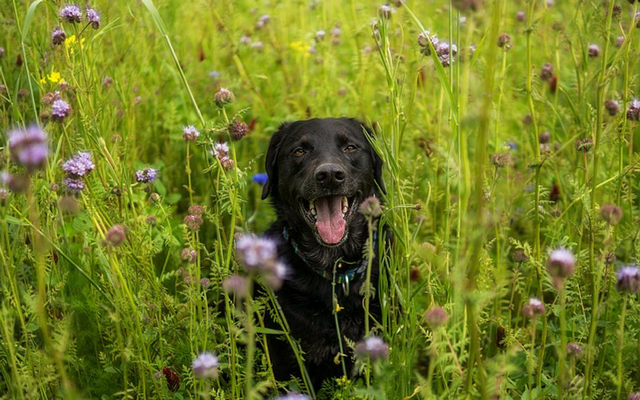
1. Remember there are different kinds, and we don’t mean different scents.
It’s the therapeutic benefits that have earned essential oils their big name today, but they’re not only used for health purpose. Artisans use them for crafts, and some people incorporate them into DIY beauty products. They’re also used as perfumes and valued soley for their scents. With so many uses, not all essential oils are treated the same. Some oils are made for different purposes, and unfortunately, there’s no standard way to rate quality.
Only high-quality essential oils have the therapeutic effects you’re looking for. If you want to make perfume, and the smell is all you need, you can get away with a cheaper, lower quality oil. But if you want the oil for the specific health benefit it represents, you’ll need to find the real deal.
Some suppliers like to use the terms “therapeutic” or “clinical grade” to describe their products, but without a standardization of what those words mean, those labels don’t tell you much. Seeing those terms on a product doesn’t necessarily mean the supplier is trying to swindle you, but it also doesn’t meant they should automatically be trusted. You’ll need to learn how to spot the good from the deceivingly advertised.

2. Only buy oils that say “100% pure” on the bottle.
Knowing some companies are out to fool you is half the battle, and knowing what the good stuff looks like is how you keep from getting duped. Purity is something you always need to be aware of when shopping for aromatherapy products. You want to see “100% pure” on every label you purchase. If you don’t, that’s a good sign other compounds and chemicals have been added. You’ll have no way of knowing what those compounds are, and it could be something that’s unsafe for dogs.
Unfortunately, seeing “100 pure” is not an automatic stamp of approval. There’s no official definition to tell you what “pure” actually means. Even if nothing was added to the oil, purity can be diminished during the extraction process. If the oil was extracted from the plant too early, if weather patterns affected the plant’s growth, or if a mistake was made during the extraction process, there’s a chance the oil was compromised. The only way to tell for sure that the oil you’re getting is of the highest quality is to find a supplier that knows what they’re doing.
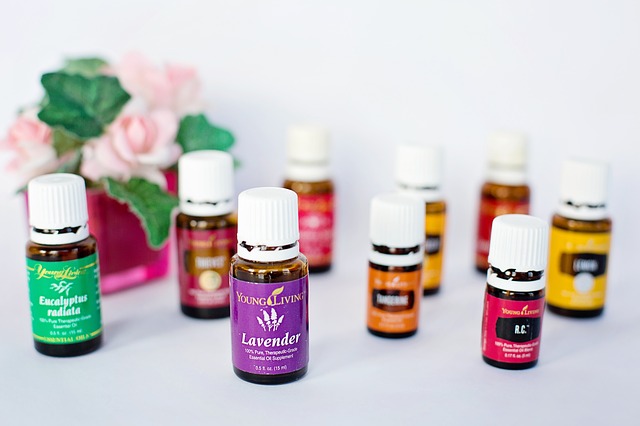
3. Look for specific information that should be printed on the bottle.
Besides purity, there are other things trusted suppliers always put on their product labels. Before you purchase, look for these words and phrases:
- The Latin name. Also called the botanical name, an essential oil’s Latin name is used to distinguish between specific plants. The common name is what you’ll recognize best, but many essential oils share the same name. Chamomile, for example, is the common name of a popular plant, but there are several different types. Chamaemelum nobile, Matricaria recutica, and Ormenis multicaulis are all Latin names of different chamomile plants. Not every type shares the same characteristics, and it’s important to identify the one you want. Reputable suppliers will always provide the plant’s Latin name in italics next to the common name.
- The words “organic,” “unsprayed,” or “wildcrafted.” You need the plants your essential oils come from to be completely untouched by chemicals. If they were sprayed with pesticides, purity has been diminished. “Wildcrafted” is a term aromatherapy experts love, and it means the plants were harvested from the “wild” and not grown for a specific purpose on a farm.
- The country of origin. The more you know about where your essential oils come from, the better.
4. Don’t be tricked into thinking all essential oils cost the same.
There are thousands of essential oils, and they all offer something different. The extraction process for each is also different. Some oils have a complicated extraction process but don’t require many plants, and others are easy to extract, but you need several pounds of plant to make only a few drops of oil. For that reason, some essential oils cost more than others. Rose oil, for example, is one of the most expensive essential oils you can buy. It takes 250 pounds of rose blossoms to make only one ounce of oil. If an online retailer lists all of their essential oils at the same price, something isn’t right.
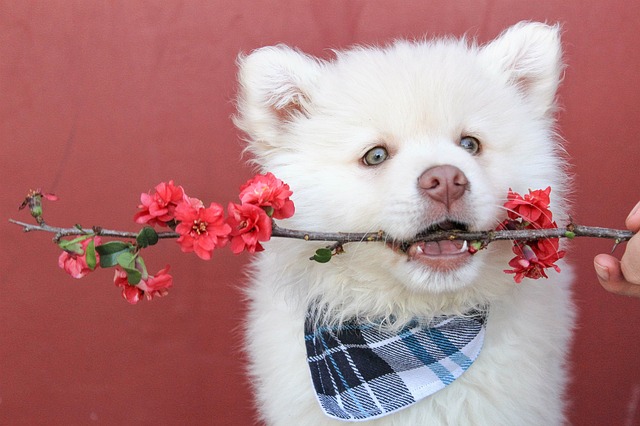
5. Trust your gut if the price seems too good to be true.
You get what you pay for when it comes to essential oils. Don’t get too excited when you find a 15 ml bottle of lavender oil for five bucks. Lavender typically sells for $15-$25 for a small vial, and a lower price doesn’t mean you’re getting a good deal. It most likely means the oil isn’t pure and doesn’t hold the therapeutic properties that are the reason you’re buying it in the first place.
In the best case scenario, you’ll buy a bottle of nice-smelling liquid, but there’s also the chance the oil is mixed with something that could harm you or your pets. Check multiple retailers to get an idea of what the average price is before confirming it’s safe for your dog.

6. Familiarize yourself with the list of essential oils that aren’t good for dogs.
There are plenty of essential oils that are completely safe for dogs when used properly, but there’s also a list of oils experts say should never be used with pets. The best way to ensure you’re only using pet-safe essential oils is to thoroughly research each oil before you buy. You can also take a stab at memorizing this list of oils to stay away from. It doesn’t include every essential oil potentially dangerous to dogs, but it’s a place to start.
- Anise
- Bitter Almond
- Cinnamon
- Cloves
- Horseradish
- Juniper
- Mustard
- Pennyroyal
- Sweet Birch
- Tea Tree
- Thyme
- Yarrow
- Ylang Ylang
There’s still debate about a few essential oils on this list, but it’s always best to choose safety and caution when it comes to your dog’s health.
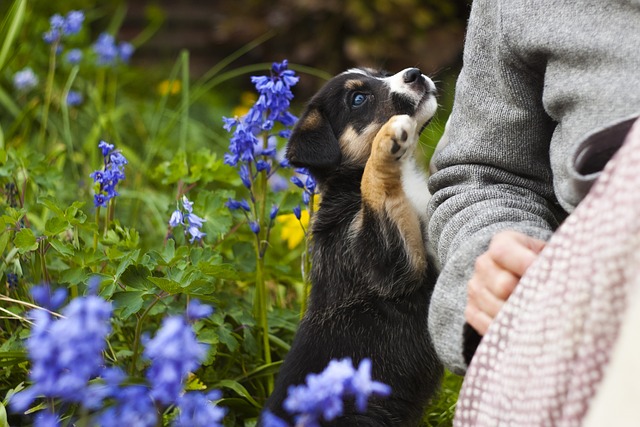
7. Look for companies that advertise membership to the National Association for Holistic Aromatherapy (NAHA).
There are no federal regulations to ensure essential oil suppliers are working ethically and responsibly, but the National Association for Holistic Aromatherapy is leading the way in aromatherapy professionalism. They’ve developed a series of standards to promote quality products and to support the companies that abide by the highest principles. Their goal is to educate the public about aromatherapy and hold suppliers accountable for the products they sell. Companies that are NAHA members abide by specific ethical standards, and it’s a good sign their products are worth buying.
Once you’ve found the right supplier of pet-safe essential oils, you can start selecting specific oils to treat your pup’s health issues. Essential oils can relieve joint pain, settle stomachs, ease anxiety, and much more. iHeartdogs encourages dog owners to focus on the aromatherapy benefits of essential oils instead of applying the oils directly to the dog’s skin. It’s safer for your pet, and the iHeartdogs aromatherapy bandanas make it easy to do. A single drop of an essential oil in their stylish bandana will provide your pup with all the aromatherapy benefits they need.
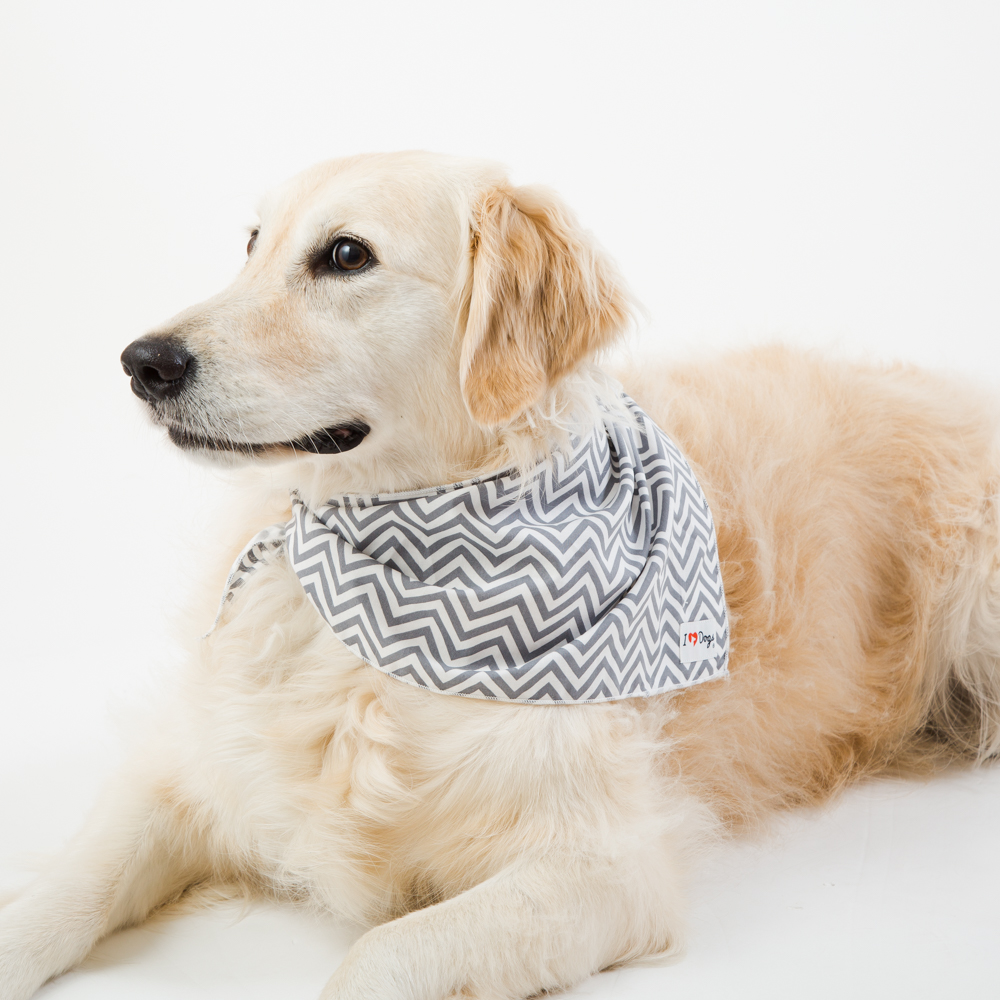
You can also check out this article for answers to all your dog related essential oil questions. Once you have the right pet-safe essential oils and supplies, you’re on your way to naturally improving your pup’s well-being.
Sources: Herbal Academy Dr. Ericz, Gurunanda
